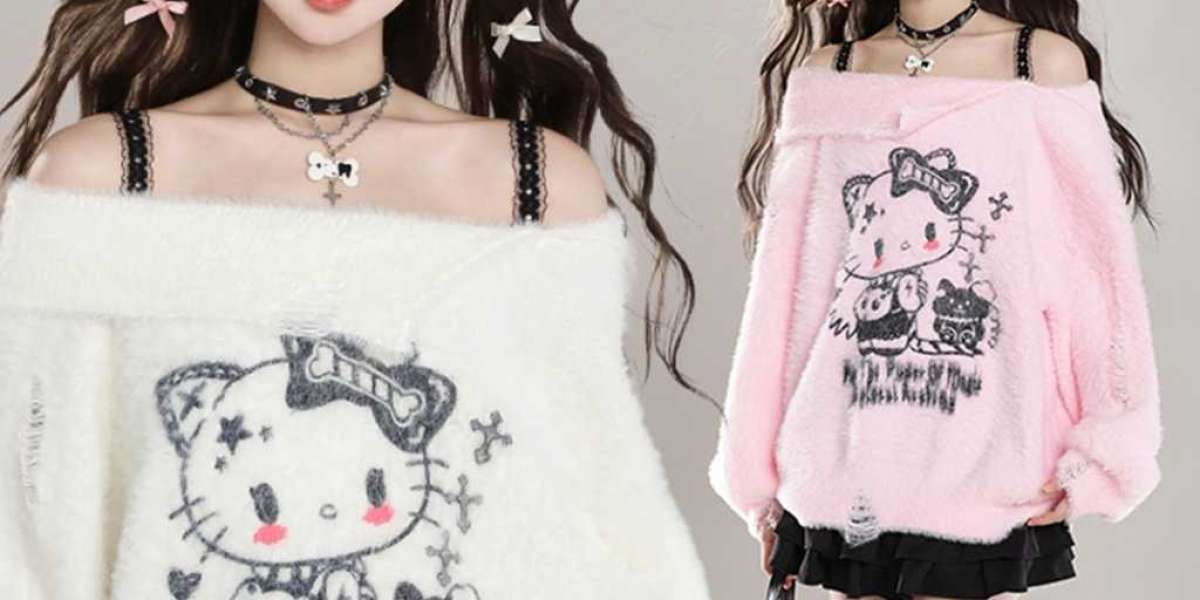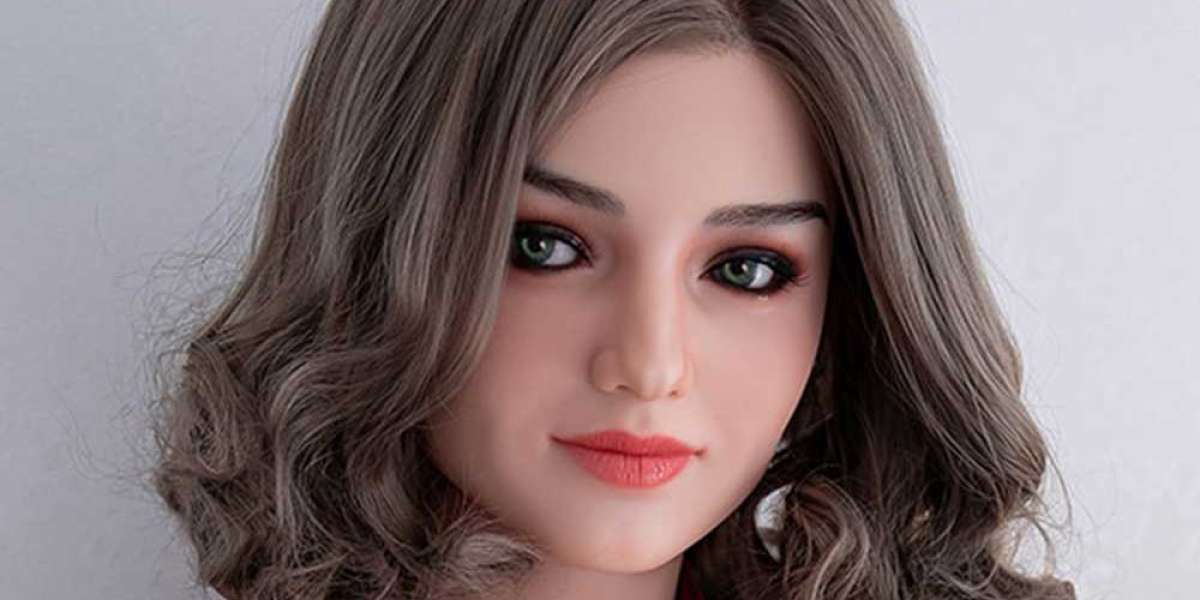Introduction
In recent times, the popularity of aesthetic kawaii outfits has skyrocketed in both the vogue and pop culture realms. Kawaii, which interprets to "cute" or "adorable" in Japanese, is a style that emphasizes youthful innocence, playfulness, and an appreciation for all issues colorful and whimsical. This article explores the aesthetic kawaii trend, its origins, key components, and why it has change into a global phenomenon.
Origins of Aesthetic Kawaii
The roots of aesthetic kawaii could be traced back to Japan in the 1970s and 1980s. During this time period, the nation experienced an financial increase, leading to increased client spending and a focus on self-expression by way of vogue. The kawaii aesthetic emerged as a rebellious response to the strict societal norms and expectations of the time. It represented a need to break free from traditional gender roles and embrace a extra playful, childlike method to dressing.
Key Elements of Aesthetic Kawaii Outfits
Aesthetic kawaii outfits are characterized by plenty of key parts that set them aside from other kinds. One of the vital defining aspects of kawaii fashion is using pastel colors, notably pink, lavender, mint, and baby blue. These smooth hues evoke a way of innocence and sweetness, creating a visually appealing and whimsical look.
One other essential ingredient of aesthetic kawaii outfits is the incorporation of cute motifs and characters. Well-liked kawaii icons embrace Howdy Kitty, My Melody, and Rilakkuma, all of which are beloved by followers around the world. These characters are sometimes featured on clothes, accessories, and even makeup products, adding a fun and playful contact to any outfit.
In addition to pastel colours and cute motifs, aesthetic kawaii outfits also usually embrace components corresponding to oversized bows, ruffles, and lace. These particulars add a romantic and feminine feel to the general look, further enhancing the kawaii aesthetic.
Why Aesthetic Kawaii Is a global Phenomenon
The enchantment of aesthetic kawaii outfits extends far past Japan, with followers of the type spanning the globe. One among the explanations for its widespread popularity is its inclusivity and accessibility. Kawaii style isn't limited by age, gender, or body kind, making it a method that anybody can embrace and make their very own.
Moreover, the rise of social media platforms akin to Instagram and TikTok has played a major position in the global reach of aesthetic kawaii. Influencers and content material creators from a variety of international locations often function kawaii outfits in their posts, showcasing the versatility and creativity of the style to a large audience.
Moreover, the rise of online procuring has made it simpler than ever for fans of aesthetic kawaii to access clothing and accessories that fit their aesthetic preferences. Many retailers, both in Japan and abroad, now provide a large number of kawaii-impressed pieces, permitting individuals to curate their very own unique kawaii wardrobe.
Conclusion
Aesthetic kawaii outfits have grow to be a cultural phenomenon, captivating followers around the world with their cute, colorful, and whimsical aesthetic. Drawing inspiration from Japanese pop tradition and trend, kawaii vogue continues to evolve and adapt to altering developments, remaining a beloved fashion for those who admire its playful and lighthearted approach to dressing. As the worldwide recognition of aesthetic kawaii continues to grow, it is obvious that this development is here to stay for the foreseeable future.




